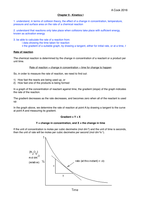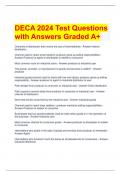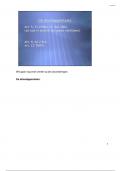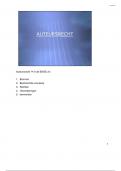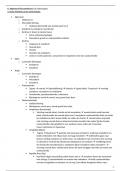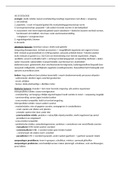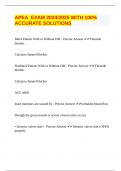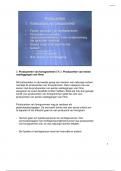Lecture notes
Topic 9 - Reaction Kinetics I - Revision Notes 2015
- Module
- Unit 9 - Kinetics I
- Institution
- Pearson (PEARSON)
A comprehensive in-depth, specification led, revision booklet of the 2015 spec chemistry AS level course. Written during AS studies by an AS student, meaning it is written in an easily comprehensible stance for any student wishing to find extra resources to revise from.
[Show more]
